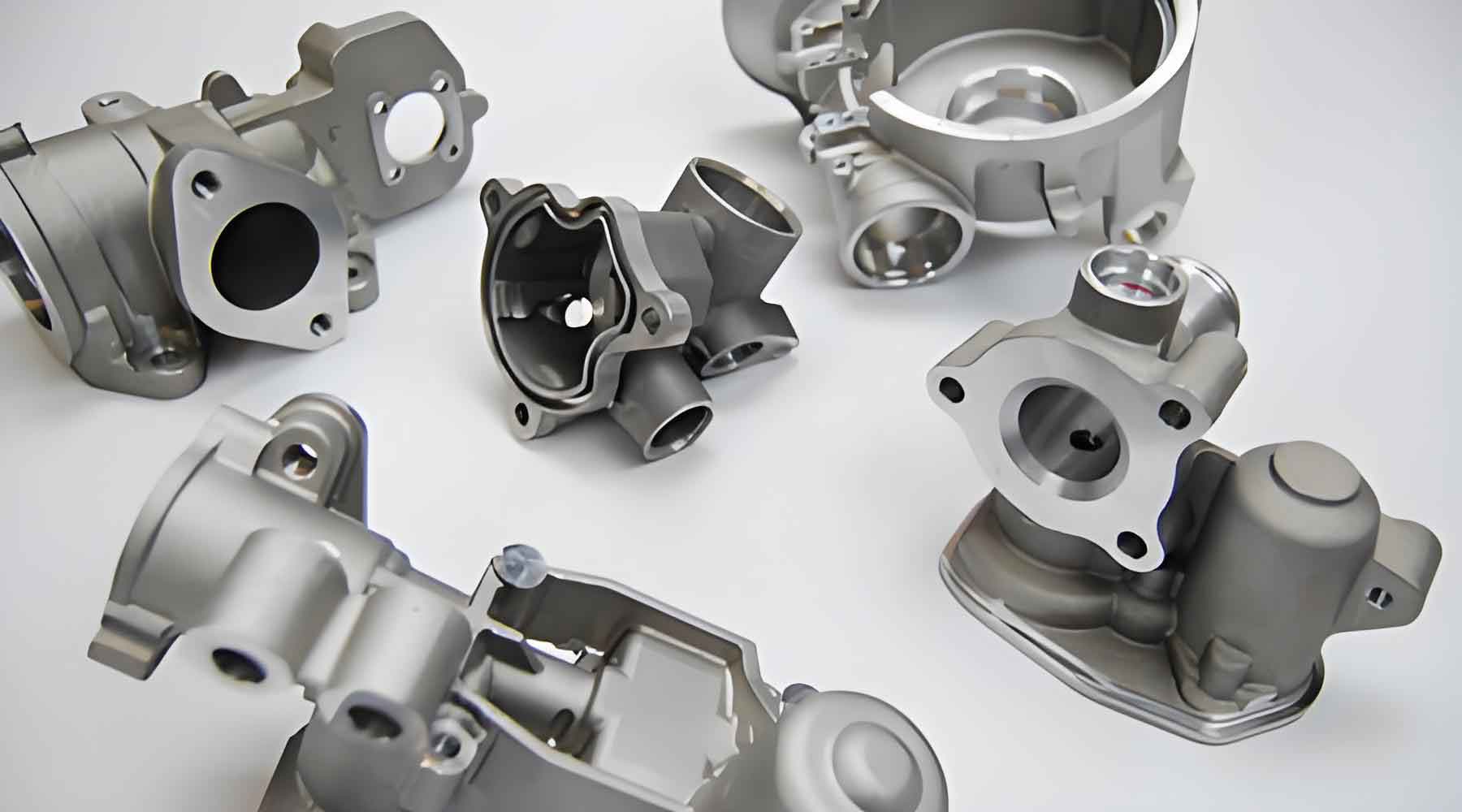
Precision investment casting is widely utilized for manufacturing complex thin-walled components, particularly those with intricate geometries such as recessed cavities. This paper presents a systematic approach to optimize the casting process for a ZG35CrMnSi alloy shell component (28 mm × 38 mm × 14 mm, 6 g mass) exhibiting significant wall thickness variations (2–12 mm). The critical challenge lies in eliminating shrinkage porosity at 2-mm thin-wall sections adjacent to recessed features.
1. Thermal Analysis and Defect Formation
The component’s thermal characteristics were analyzed using Chvorinov’s rule for solidification time prediction:
$$ t = B \left( \frac{V}{A} \right)^2 $$
where \( t \) = solidification time, \( B \) = mold constant (0.8–1.2 for ceramic shells), \( V \) = volume, and \( A \) = cooling surface area. The recessed cavity created a localized thermal mass with \( V/A \) ratio 38% higher than adjacent thin walls, leading to delayed solidification and shrinkage defects.
2. Gating System Optimization
Initial and optimized gating configurations were evaluated using fluid dynamics principles:
$$ Q = A \sqrt{2gH} $$
where \( Q \) = metal flow rate, \( A \) = gate cross-section, \( g \) = gravitational acceleration, and \( H \) = metallostatic head. The optimized design introduced supplemental gates at thermal masses:
| Parameter | Initial Design | Optimized Design |
|---|---|---|
| Number of Gates | 3 | 5 |
| Gate Cross-section (mm²) | 4×8 | 4×12 (main), 2×6 (supplemental) |
| Feeding Distance (mm) | 15.2 | 8.7 |
3. Shell Building Strategy
A 6-layer shell system was developed with controlled drying kinetics:
$$ \theta = \frac{\delta^2}{D} $$
where \( \theta \) = drying time, \( \delta \) = slurry layer thickness, and \( D \) = moisture diffusion coefficient (2.4×10⁻⁸ m²/s for zircon-based slurry). Process parameters:
| Layer | Slurry Viscosity (s) | Stucco Size (mesh) | Drying Time (h) |
|---|---|---|---|
| Primary | 36 | 120 ZrO₂ | 4–6 |
| Secondary | 15 | 30–60 Mullite | 2–3 |
| Backup | 12 | 16–30 Mullite | 1.5–2 |
4. Thermal Management During Dewaxing
Steam dewaxing parameters were optimized using heat transfer equations:
$$ \frac{\partial T}{\partial t} = \alpha \nabla^2 T $$
where \( \alpha \) = thermal diffusivity (0.45 mm²/s for ceramic shell). Critical process controls:
| Steam Pressure | 0.76–0.80 MPa |
| Exposure Time | 20±5 s |
| Shell Preheat | 1050°C ±10°C |
5. Solidification Control
The optimized precision investment casting process achieved directional solidification through:
- Strategic gate placement (feeding distance reduction from 15.2 mm to 8.7 mm)
- Controlled cooling gradient (12°C/mm)
- Exothermic padding application (3-mm thickness)
The final casting yield improved from 10% to 86.7%, validated through statistical analysis (\( p < 0.01 \)):
$$ t = \frac{\bar{X}_1 – \bar{X}_2}{\sqrt{\frac{s_1^2}{n_1} + \frac{s_2^2}{n_2}}} = 9.72 $$
6. Process Verification
Key quality metrics for precision investment casting implementation:
| Parameter | Value |
|---|---|
| Surface Roughness (Ra) | 3.2–6.3 μm |
| Dimensional Tolerance | ±0.15 mm |
| Shrinkage Porosity Rate | <1.2% |
This case study demonstrates that precision investment casting remains the optimal manufacturing method for complex thin-walled components when coupled with systematic thermal management and gating optimization. The technical solutions presented are scalable to similar components with thickness ratios up to 6:1 and recess features deeper than 5 mm.
